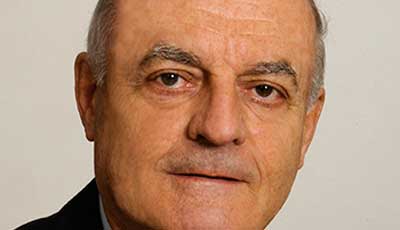
On Friday, November 23, the INP welcomes Professor Emeritus Jean-Michel SCHERRMANN (University of Paris Descartes), for a seminar entitled "Why it is difficult to develop CNS drugs: lack of neuropharmacokinetic considerations?”
Developing efficient drugs for treating cerebral disorders remains a true challenge. Reducing the duration and cost of preclinical and clinical trials as well as identifying the wrong candidates, as quickly as possible, are key priorities. Such goals require translational research and strong interdisciplinary interactions.
Pharmacokinetics is a pivotal discipline thanks to its ability to i) generate in silico, in vitro, in vivo data and ii) develop models that can reconstruct the living organism in great detail. During the presentation, we will learn from the past to envision the future in which artificial intelligence will help to unveil new therapeutic modalities.
REGISTER TO J-M. SCHERRMANN'S SEMINAR ON AMETICE BEFORE NOVEMBER 18TH
The conference will take place, from 10am to 11am, in the Pastor amphitheatre, within the Faculty of Pharmacy
Schedule :
9AM discussion amoung students
10AM Seminar - Open to all
11AM Discussion with JM Scherrmann (for PhD Students)
ABSTRACT
The research and development of CNS drugs are characterized by a high attrition rate. One of the main reasons is often related to the restrictive permeability of the blood-brain barrier, which is the main interface between the brain and the blood systemic circulation.
During the presentation, I will demonstrate that crossing the brain barriers is not the only event explaining failures in developing CNS drugs. Distribution of drug candidates within the brain parenchyma can represent another obstacle as well as clearance processes aiming to eliminate compounds from the brain tissue. These processes are different according to the type of drug candidate, i.e., small chemicals versus biologics. Several CNS drug examples will illustrate that the trilogy: brain penetration-distribution and elimination should be better considered for developing brain therapies with small molecules or biologics.

